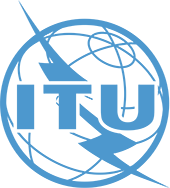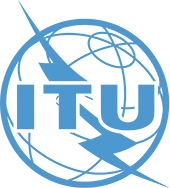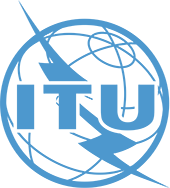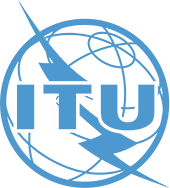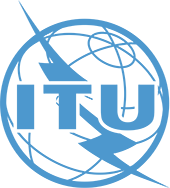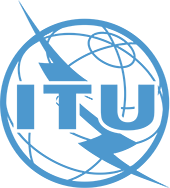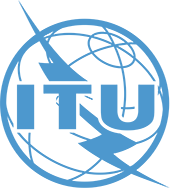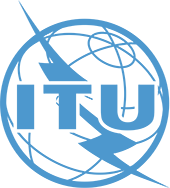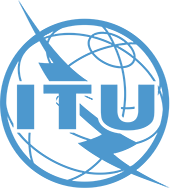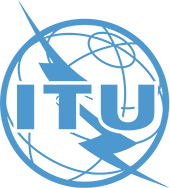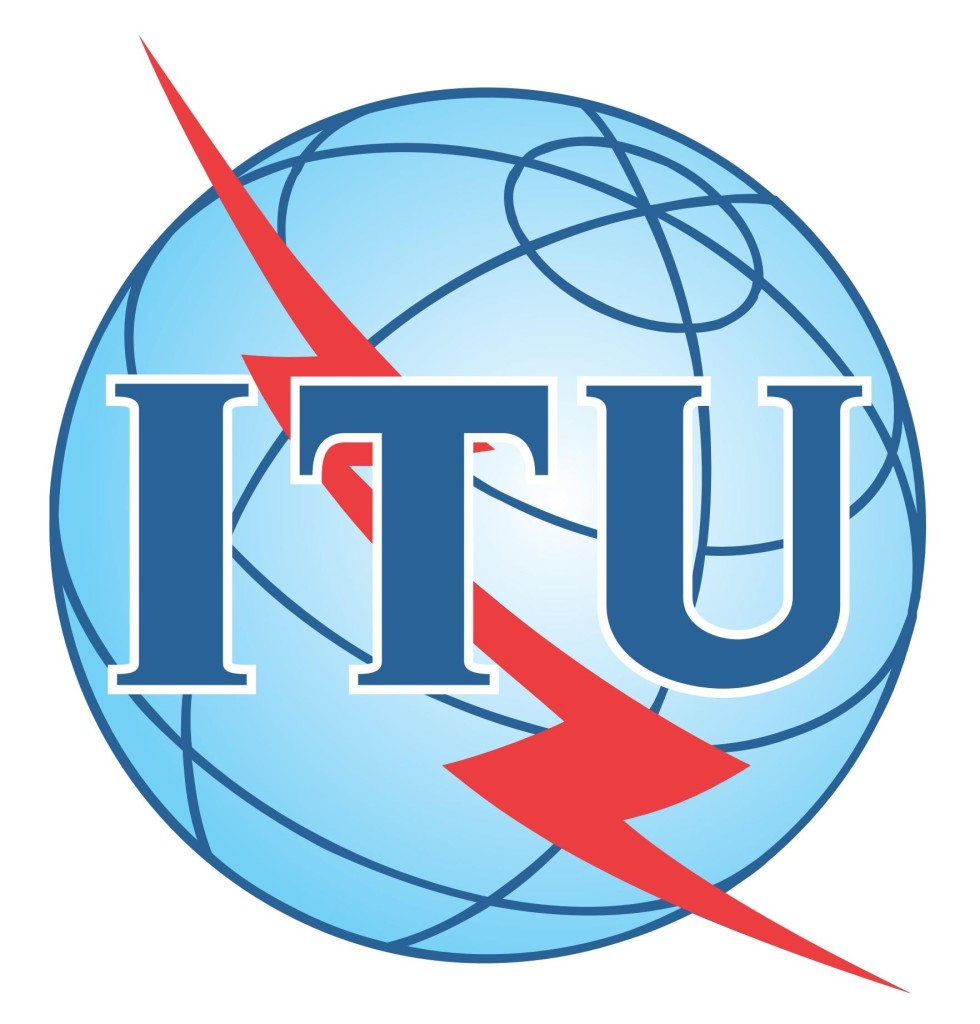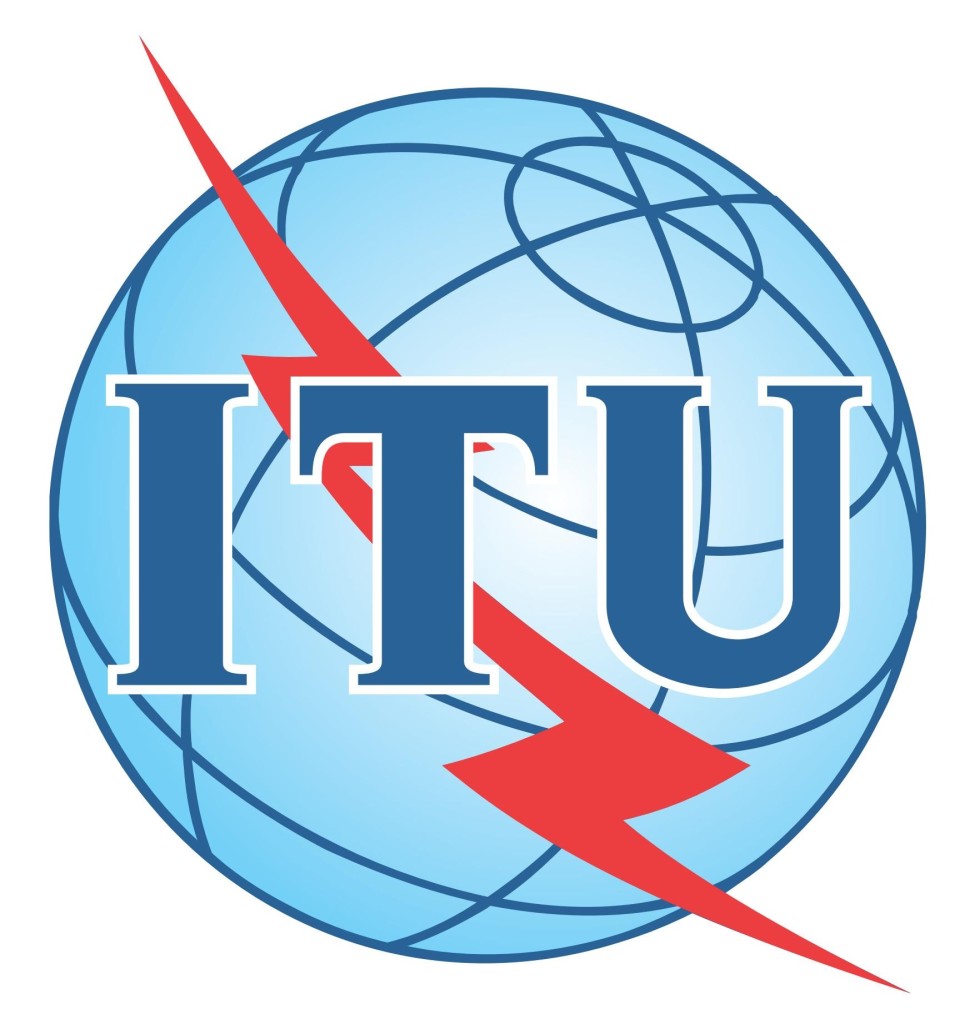Framework of inter-cloud computing
Recommendation ITU-T Y.3511 describes the framework for interactions of multiple cloud service providers (CSPs), which is referred to as inter-cloud computing. Based on several use case, and after considering the different types of service offerings, this Recommendation describes the possible relationships (peering, federation or intermediary) among multiple CSPs. By introducing the concept of primary CSP and secondary CSP, the Recommendation further describes CSP interactions for the cases of federation and intermediary patterns. Finally, relevant functional requirements are derived.
